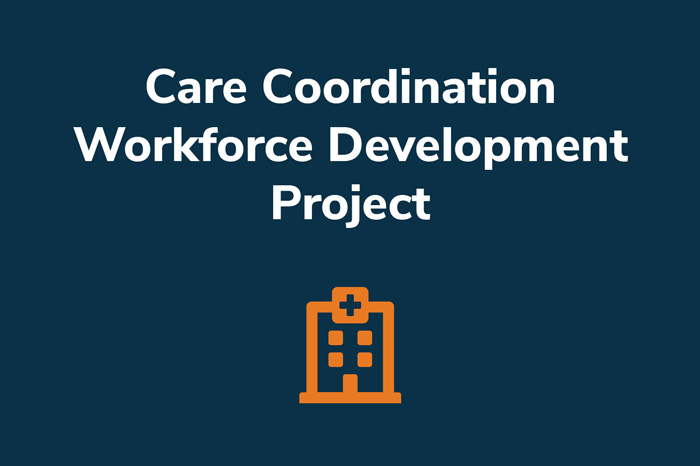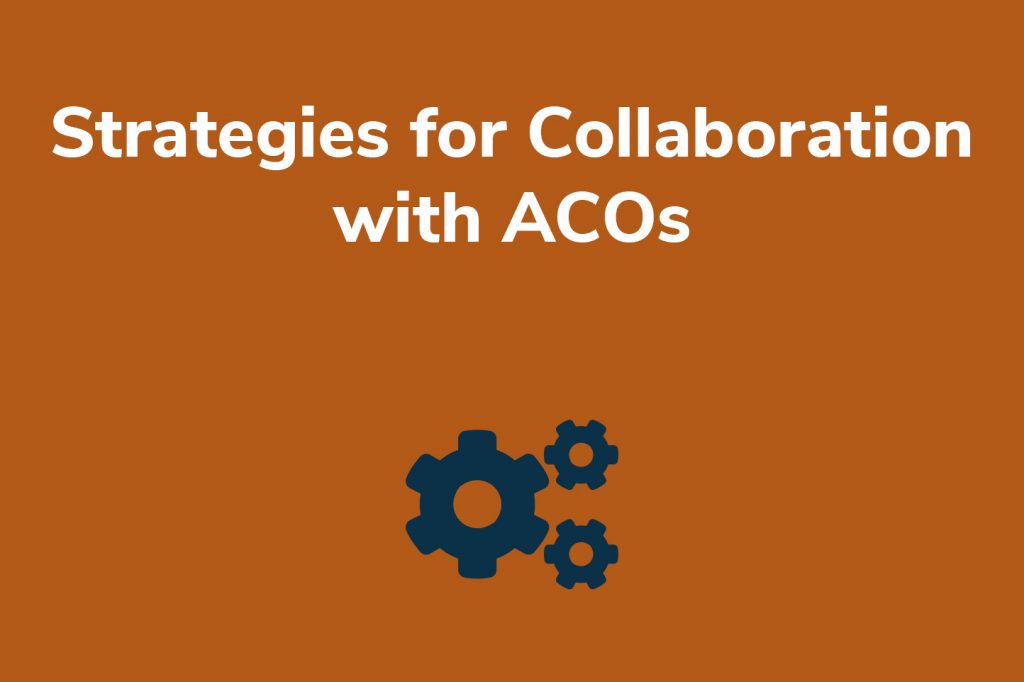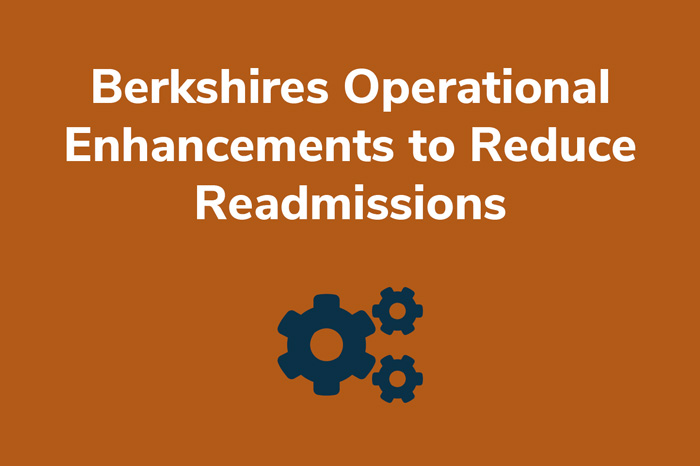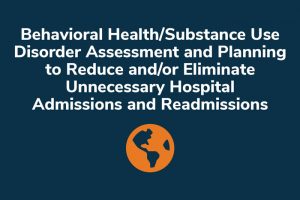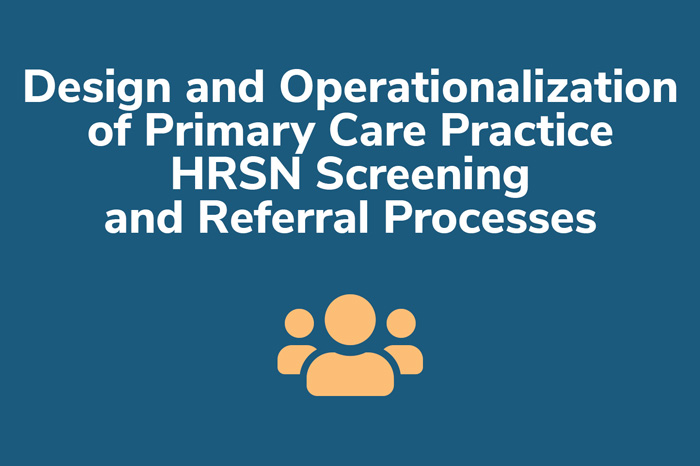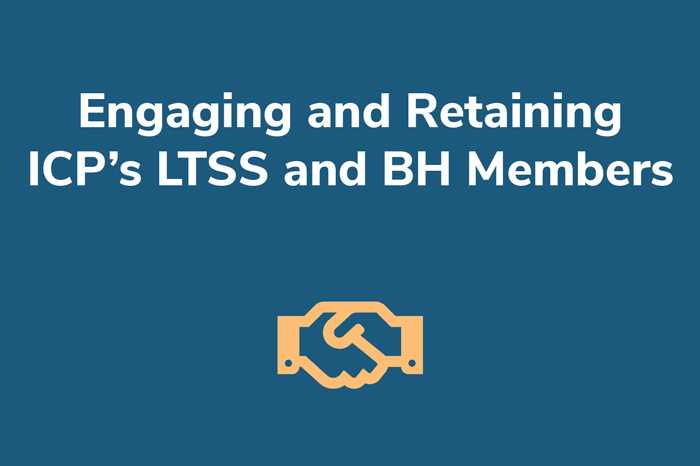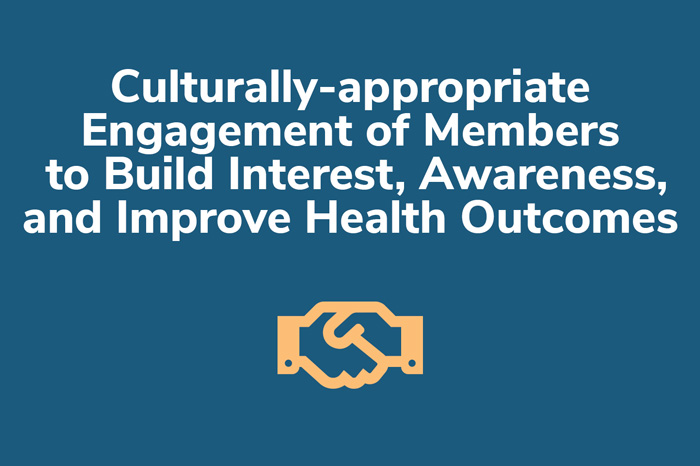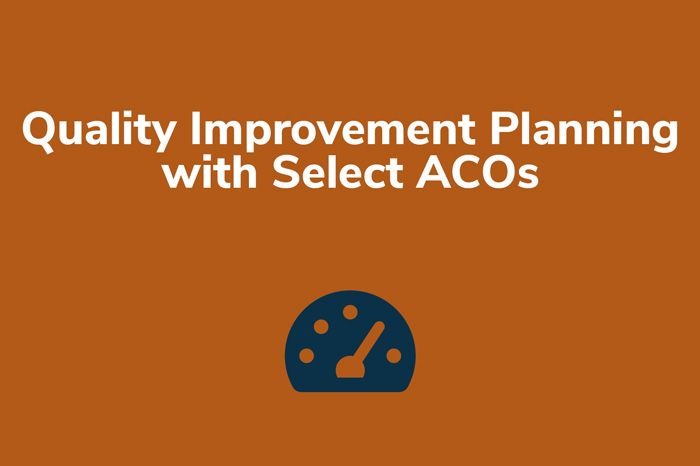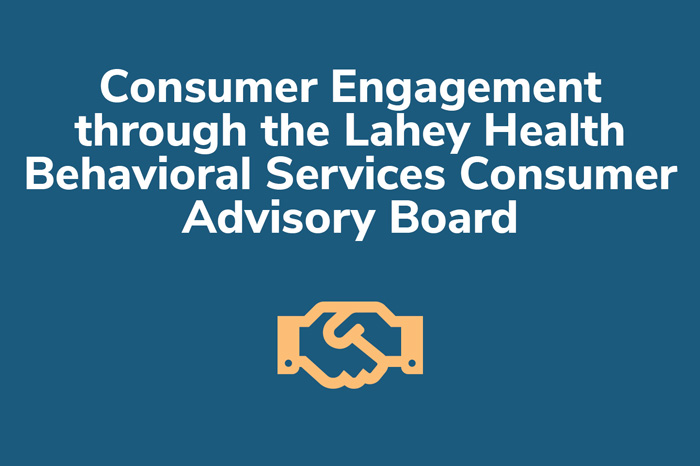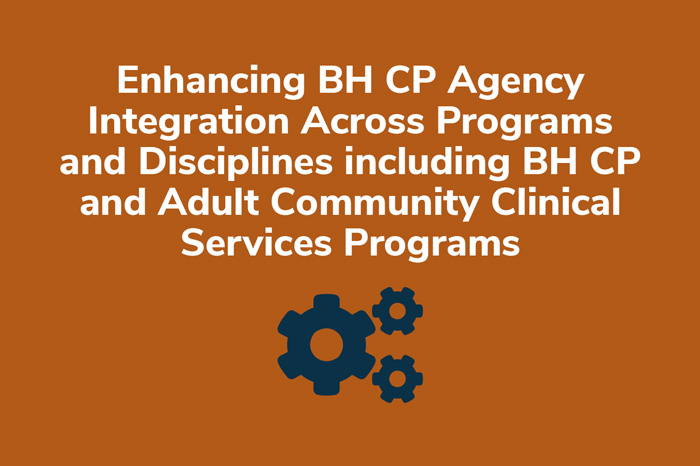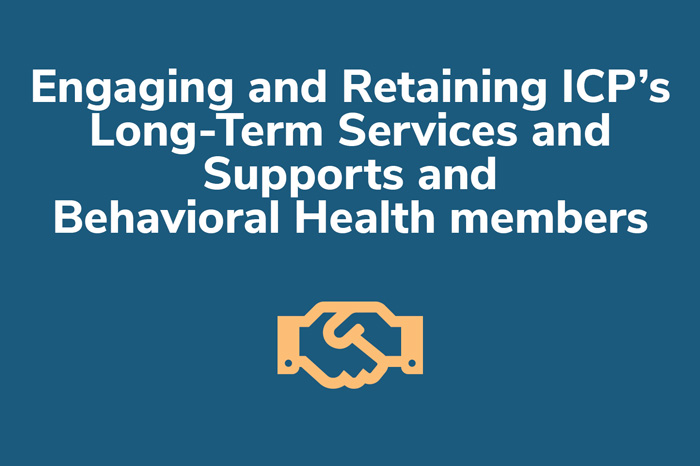One of the goals of the MA DSRIP TA Program is to promote shared learning among MassHealth ACOs and CPs and bring promising practices to light. Below we share examples of products ACOs and CPs developed as part of their MA DSRIP TA projects and case studies that each describe a TA project, its goals, the TA project development process, and project activities and their outcomes.

Case Studies
Below are eight case studies describing MA DSRIP TA projects’ outcomes and promising practices for ACOs and CPs to engage with TA Vendors.
MassHealth and Abt identified these projects by reviewing all TA projects completed by early 2021 and selecting a sample that represented a range of TA domains and project content, a balance of ACOs and CPs, and regional diversity. The Abt Team conducted interviews with representatives from the ACO or CP who worked on the project in the summer of 2021 using a semi-structured interview guide based on a modified Impact Assessment framework. This framework assesses challenges, objectives and inputs to determine activities, and their outputs, outcomes, and global impacts.
Lessons Learned
The case studies of successful TA projects revealed several key themes, which may be applicable to ACOs’ and CPs’ future TA engagements. We summarize these lessons learned below.
- Create a Clearly Defined Scope: Several ACOs and CPs procured TA for a subset of a larger project. This helped offload from the ACO or CP team and made it easier to delegate as part of an already-established scope and get the work completed within a smaller budget and timeframe.
- Establish Differentiated Roles: ACOs and CPs often wanted to work together with their TA Vendor to complete a project. In this case, the partnership worked well when the TA Vendor complemented the skills of ACO/CP staff, and the collective team clearly defined roles and responsibilities. This ensured a value-add from the TA Vendor while highlighting the unique contributions of the ACO/CP’s team, and limited duplication of work.
- Build on Existing Relationships: Many ACOs and CPs procured TA Vendors they knew or had connected with on previous projects or at networking events. Even if they had not met before working together, establishing foundational meetings to discuss shared goals and the vision for the end-product of the TA was critical to a successful experience.
- Obtain Leadership and Key Stakeholder Buy-In: ACOs and CPs emphasized the importance of aligning TA with the overall strategic direction of their organization, and of engaging leadership to review the TA plan to obtain their buy-in early on. This also extended to the ACO and CP teams at large: it was helpful to engage all staff and managers who would interact with a new process, workflow, or product. This way the key stakeholders could contribute their input while it was still possible to implement it, and received advanced notice of any change to how they operate to enable sufficient adjustment time.



